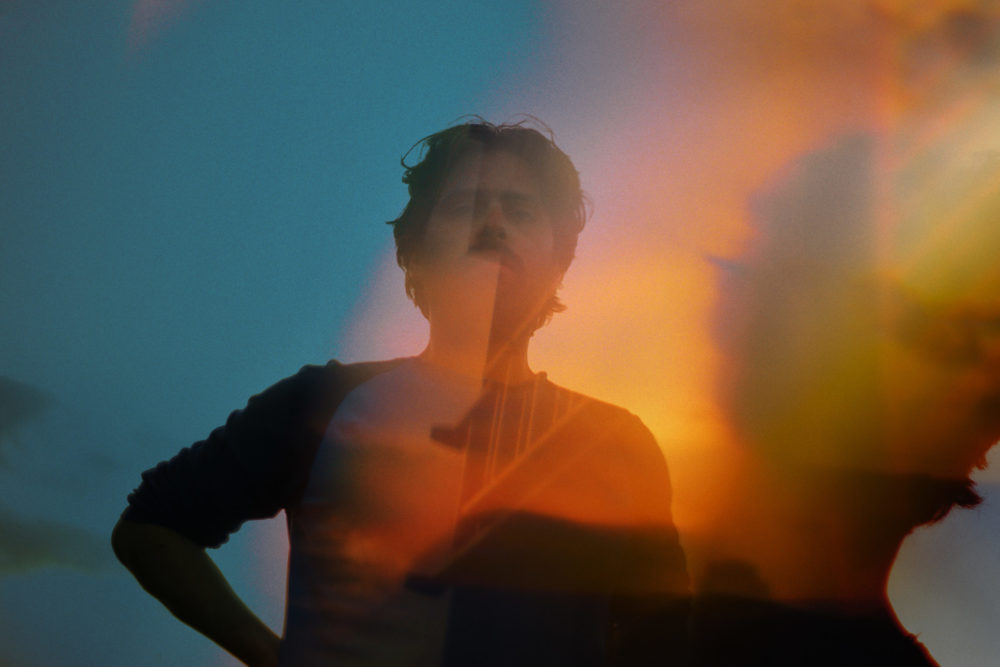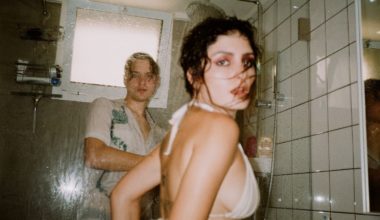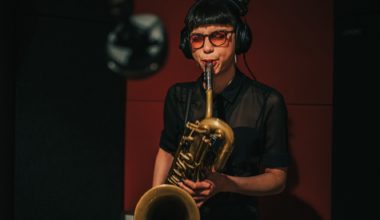Tyler Friedman’s music is very much about drama. He is a musician that always pushes himself to the limit of his skills. And even beyond that. Compositions and arrangements continuously move and transform. This is music that demands the full attention of the listener. If given – the experience is well worth the effort.
The Californian returns to Kontra-Musik with ‘Epiphytic’, an improvisational vortex of psychedelic modular synthesizer lines, made in one continuous take. A stylistic shift from Friedman’s previous releases on Kontra, the album eschews percussion in favor of an intense pulsing spectrality, situating the music both on the fringes of club culture and in the concert hall.
FACTS:
1: Most questions have multiple possible answers.
2: Some have none.
3:
QUESTIONS:
1. What is the biggest inspiration for your music?
Depends on the project, phase and mood. I like reading music theory and misappropriating it. Late afternoon light. Art collaborations are generally a response to, or an attempt to transmogrify, an idea network – overlapping objects, stories, concepts, histories and restrictions. Records and literature. Complex tones. Life atmosphere. Work itself.
2. How and when did you get into making music?
Early but not so early. I never really did anything else productively. I wanted to play drums, but, I assume out of fear of the noise, was given a guitar instead. At some point I got some effects pedals and insistently pursued it from there.
3. What are 5 of your favourite albums of all time?
Impossible question, but here is a small selection of heavy replay material from more recent years:
The Bill Dixon Orchestra – Intents and Purposes
Easley Blackwood – 12 Microtonal Etudes for Electronic Music Media
UNESCO Collection of Traditional Musics of the World – Musical Atlas 16: Chile; Musical Atlas 13: Rumania
Chora(s)san Time-Court Mirage – Live at the Issue Project Room
Max Loderbauer – Transparenz
4. What do you associate with Berlin?
Wegbier; the spectrum of winter stenches in night life locations, stretching from a freshly sterilized decrepit into trans-dimensional ruin; the extended cadre of inspiring, intelligent and international colleagues and friends.
5. What’s your favourite place in your town?
When there is snow – the sowjetisches Denkmal in Treptower Park
When it is too hot – the way out.
In-between – the obvious answer: my studio.
6. If there was no music in the world, what would you do instead?
So it would be a silent world? No sound (if there is sound there must also be music)? That would mean there would be no air – or we wouldn’t have ears? No oral language – and so no written language? Or just no evolutionary capacity to transduce physical reality (vibration, pressure fluctuations) into neuro-chemical responses? Our biological makeup would be incompatible with our understanding of the field on which we “do”.
7. What was the last record/music you bought?
CDs – compilations, both on Syrphe: ‘Alternate African Reality: electronic, electroacoustic and experimental music from Africa and the diaspora’ & ‘Uchronia: 3CD compilation; Experimental, electroacoustic, noise, improvised music from the Middle East, Central, South, South East, East Asia’.
On Vinyl – A pile of Disques Ocora and an older Perlon record from Dimbiman
Digital – Burning Witch – ‘Crippled Lucifer’; a bunch of Alan Lomax recordings, William Onyeabor’s ‘Anything you Sow’; VA – ‘The Sacred Rage’ (the Morphine Beirut Benefit Comp).
8. Who would you most like to collaborate with?
Alive: Aron Sanchez!
Transitioned: Pandit Pran Nath (although I’m not entirely sure that this would qualify as a collaboration).
9. What was your best gig (as performer or spectator)?
Performer – maybe a small DJ gig at Click Minimal in Tokyo; CM was a small club where I went to hear Wata Igarashi while I was in town on my way to a film shoot in Toyama Bay and got talking to a few people, who knew my releases on Kontra (which was quite a surprise to me at the time) and was invited to come back the next week and DJ, which I agreed to. It was one of those nights where I got to play in this strange, long, warped out minimal style that I love. Everyone was super enthusiastic and everything just Clicked (forgive the pun).
As a spectator- maybe the Sonic Youth Curated “All Tomorrow’s Parties” in LA in 2002. So many exceptional performers, many of which I didn’t know at the time: from Aphex Twin, to the Boredoms, Stereolab, Merzbow, Cecil Taylor, Mike Watt, Tony Conrad and onwards; too many to name.
Or The Cure at SDSU in 2000
Or… (the list that could keep on growing).
10. How important is technology to your creative process?
Ideally it’s a means to an end, but of course every device comes with its own limitations and enthusiasms. As I am generally making “electronic” music in one form or the other, the frame of reference has been mostly constructed by experimentation with the inventions of a few recent generations. Imagine there were no simple waveforms? This isn’t even going into the argument that acoustic instruments are effectively technology; that even the voice becomes technological when you learn how to use it. As such I would say technology is unavoidable rather than important. It’s the water we swim in.
11. Do you have siblings and how do they feel about your career/art?
I have a very special sister, but I’m not so sure she has much of a perspective on what I am doing.
Tyler Friedman returns to Kontra-Musik with ‘Epiphytic’, an improvisational vortex of psychedelic modular synthesizer lines, made in one continuous take. A stylistic shift from Friedman’s previous releases on Kontra, the album eschews percussion in favor of an intense pulsing spectrality, situating the music both on the fringes of club culture and in the concert hall.
The title – Epiphytic — which refers to a type of plant that grows on the surface of another, non-parasitically, is a metaphor for the way the interlacing and divergent arpeggiations co-exist, forming a larger harmonic structure. The system used in the production of the album acts as a seed to be built upon in a live setting, where the piece can evolve into more esoteric tonalities and rhythms. While Epiphytic is an exploration of 7 limit Just Intonation, future releases and performances will grow into different tunings and tempos, shifting the genre between fourth world fm, microtonal abstraction and clouds of noise bliss, generating a work in permanent flux.
Photo © Tonje Thielsson


